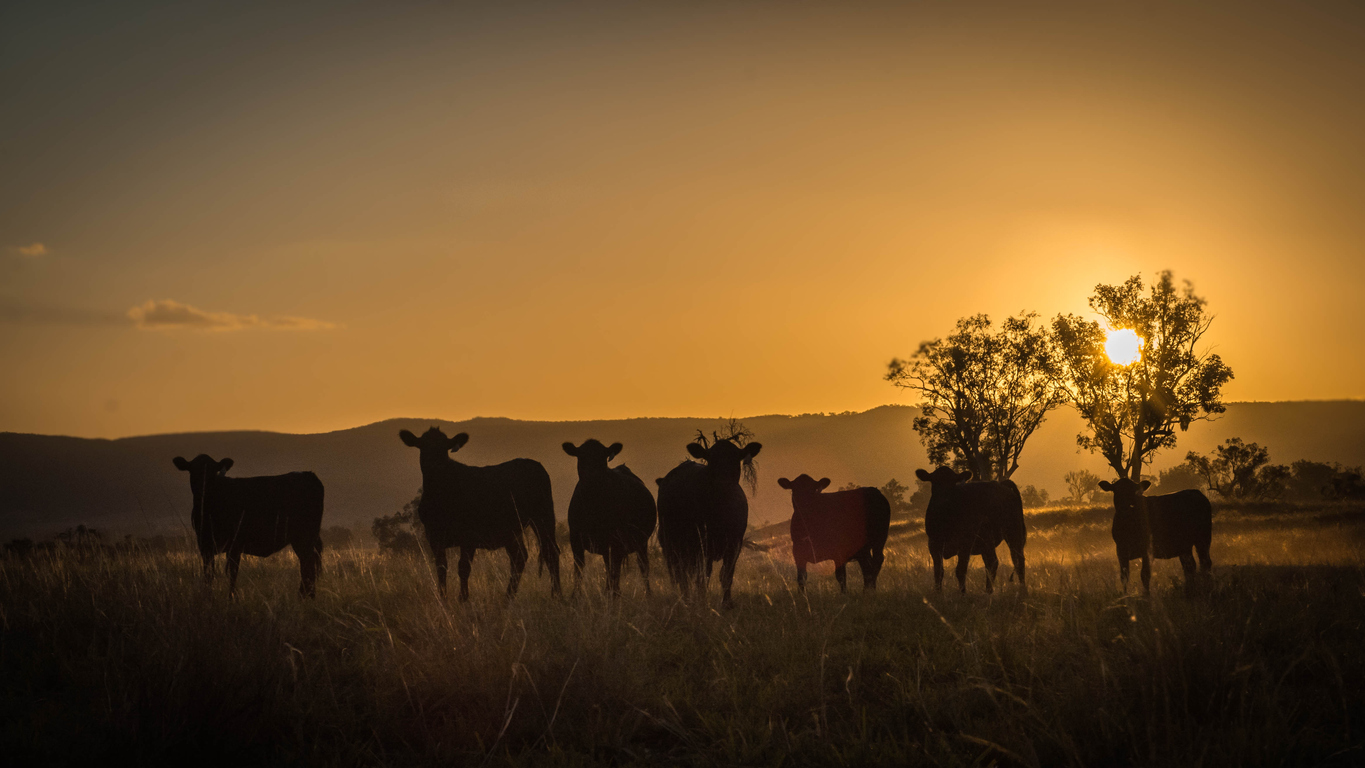
GWP and GWP100
Measuring Climate Impact in Agriculture
Global Warming Potential (GWP) metrics
What is GWP?
- GWP provides a standardised unit for comparing the warming potential of different gases to carbon dioxide (CO2), which has a GWP of 1.
- Gases like methane (CH4) and nitrous oxide (N2O) have higher GWPs due to their greater heat-trapping capabilities.
- GWP measures the heat-trapping capacity of greenhouse gases over a specific time horizon, usually 100 years
Impacts on Warming
- Carbon dioxide is a ‘stock gas’ that lasts in the atmosphere for hundreds of years.
- Methane is a ‘flow gas’ that breaks down in about 12 years, and only causes warming during that period.
Applications in Agriculture
GWP Metrics in Agriculture
- GWP metrics play a crucial role in quantifying emissions from various agricultural activities, including methane from livestock and nitrous oxide from fertilisers.
- They provide a basis for evaluating the climate impact of different farming practices and inform mitigation strategies within the agricultural sector.
GWP 100
- GWP100 is a specific application of GWP, assessing the heat-trapping potential of greenhouse gases over a 100-year time frame.
- It is widely used in climate policy discussions and in setting emissions reduction targets with long-term climate implications in mind.
GWP and Biogenics: a more accurate metric?
- GWP is particularly useful for capturing the dynamic nature of methane emissions, especially those related to Biogenic sources.
- It takes into account both the rate of emissions and the cumulative emissions of carbon dioxide equivalent.
- This approach offers a more accurate representation of methane’s warming impact in agriculture compared to GWP100, addressing the nuances of Biogenic emissions.
Accounting for Methane
UNFCCC and GWP100
- At the international level, the UNFCCC (United Nations Framework Convention on Climate Change) uses GWP100 for greenhouse gas accounting under the Paris Agreement.
- While GWP100 is essential for consistency and comparability across nations, it has limitations.
- It overstates the effect of constant methane emissions but understates the impact of new emissions over 20 years.
Different Reporting Systems
- There is an ongoing scientific debate regarding how to measure GWP accurately, leading to multiple reporting systems.
- Dual reporting combines GWP100 and GWP, providing both aggregate emissions and farm-level benchmarking.
- Split gas reporting sets different targets for each green house gas (GHG), aiding primary producers in understanding emission differences and reduction opportunities on farms.
The Natural Carbon Cycle and Agriculture
The Natural Carbon Cycle
- The natural carbon cycle encompasses the exchange of carbon dioxide between the atmosphere, oceans, and terrestrial ecosystems, maintaining a balance in atmospheric carbon levels and a stable climate.
Agriculture’s Impact
- Agriculture significantly influences and is influenced by the natural carbon cycle.
- Practices such as deforestation, land-use changes, and reforestation have substantial impacts on this cycle.
Implications for Agricultural Emissions Reporting
A Balancing Act
- Agriculture’s role in the natural carbon cycle is complex, with various activities affecting the cycling of carbon, including Biogenic sources.
- While GWP metrics are valuable for assessing emissions in agriculture, it is essential to recognise their limitations, particularly in accounting for the complexities of the natural carbon cycle.
- A comprehensive approach that incorporates both GWP reporting and an understanding of the natural carbon cycle, including Biogenic aspects, is necessary for making informed decisions and mitigating agriculture’s impact on global warming.